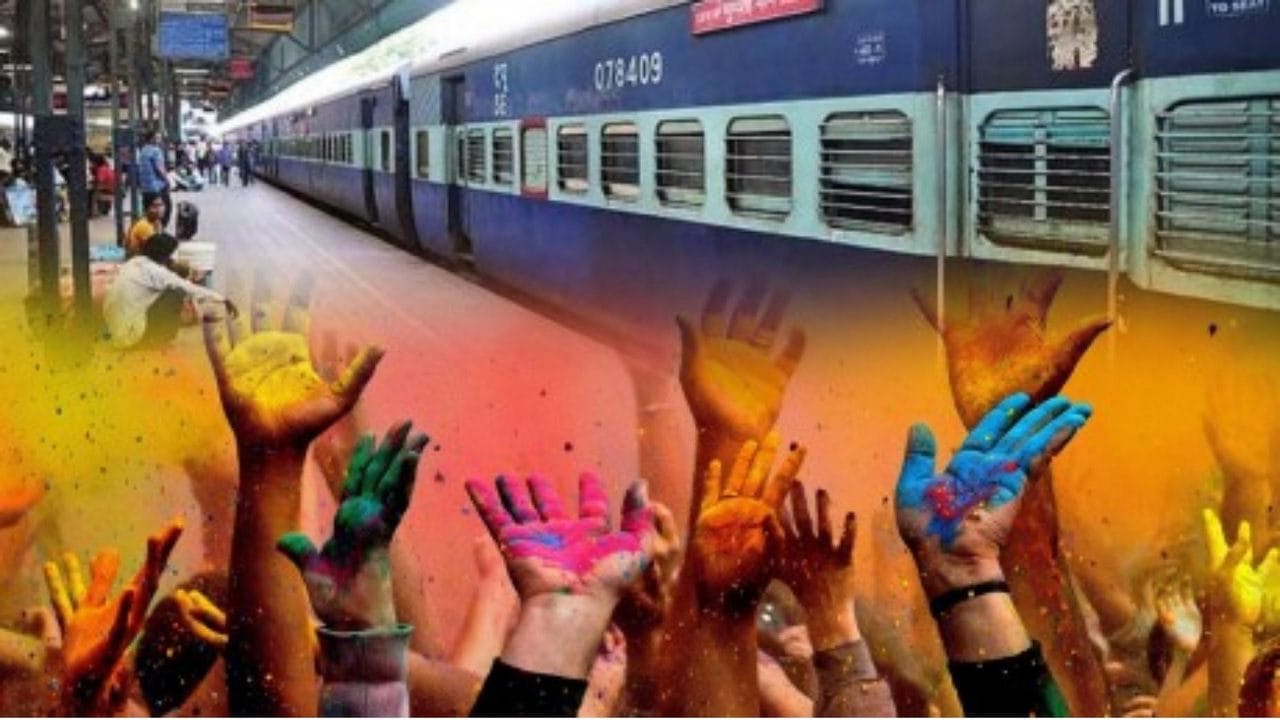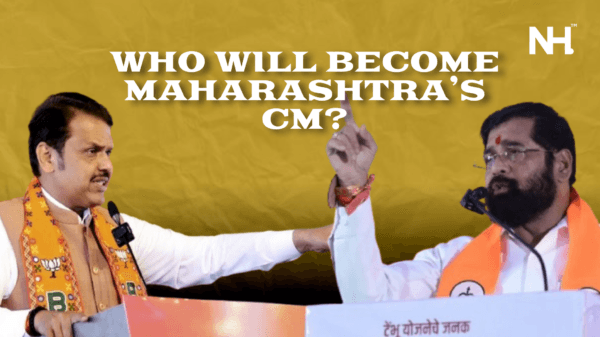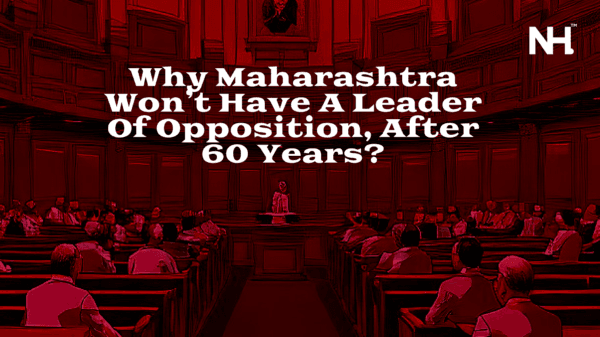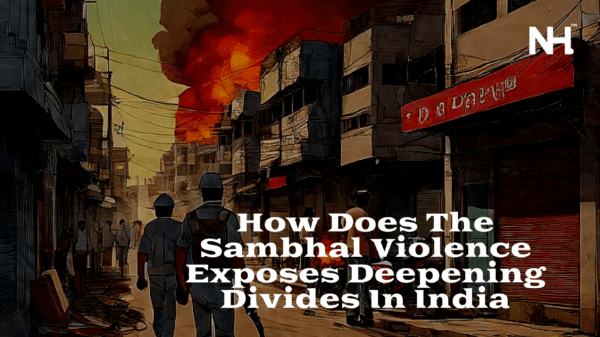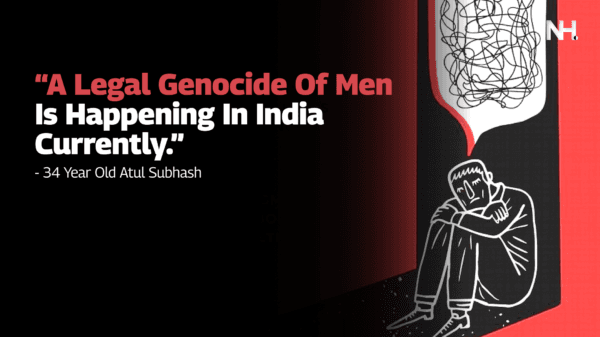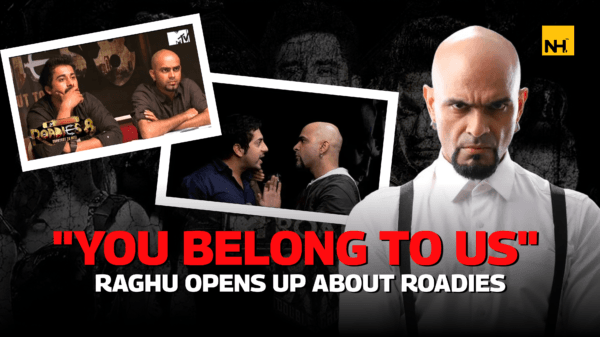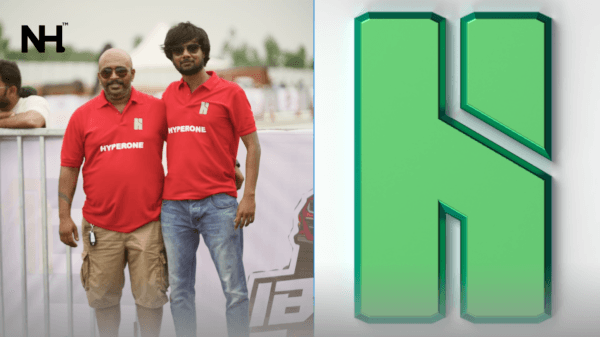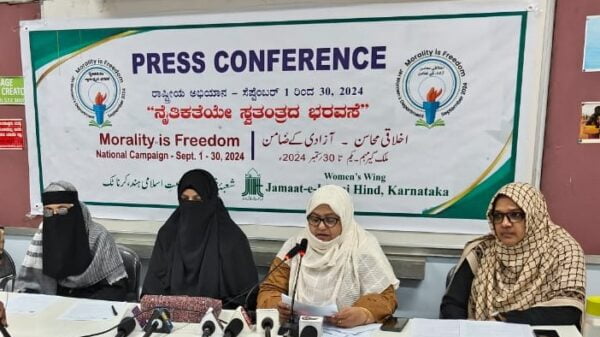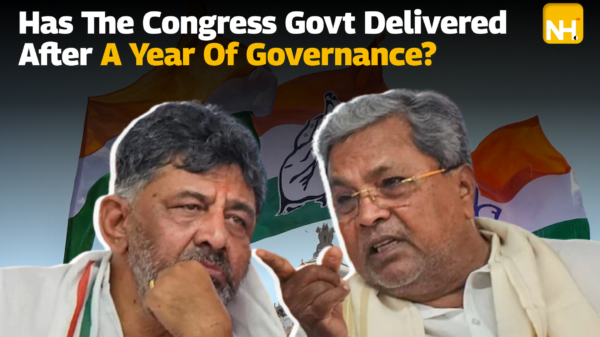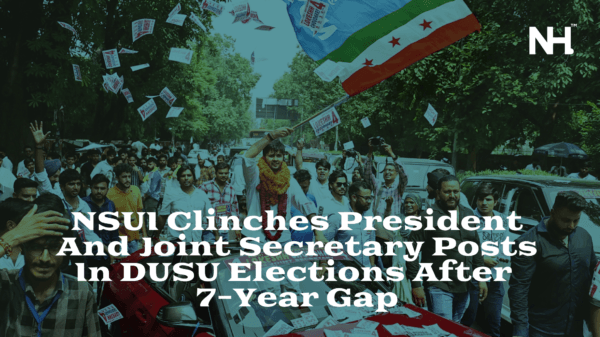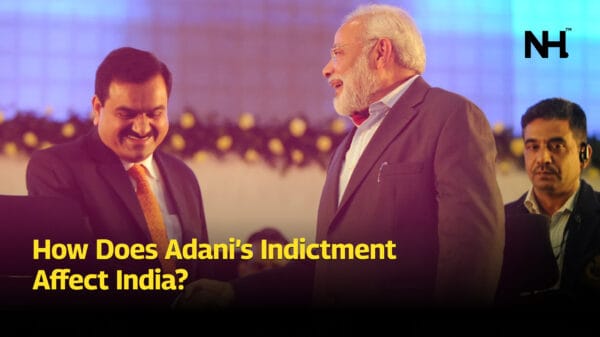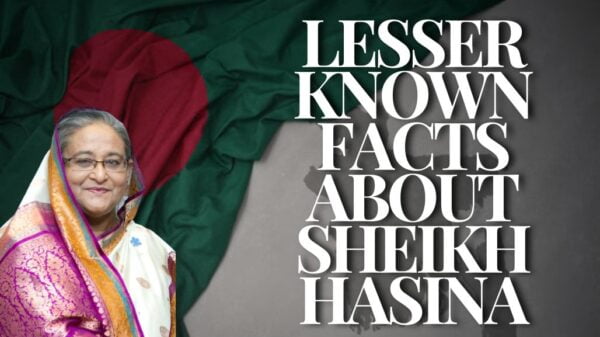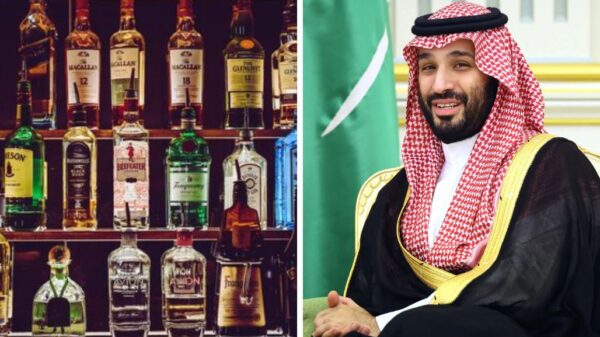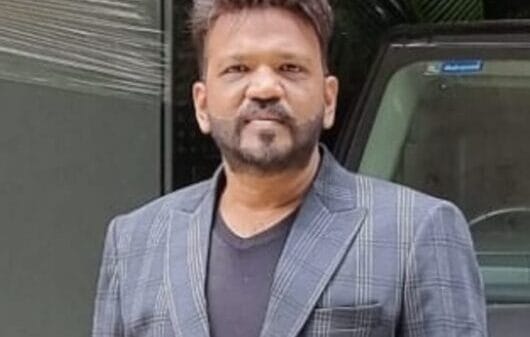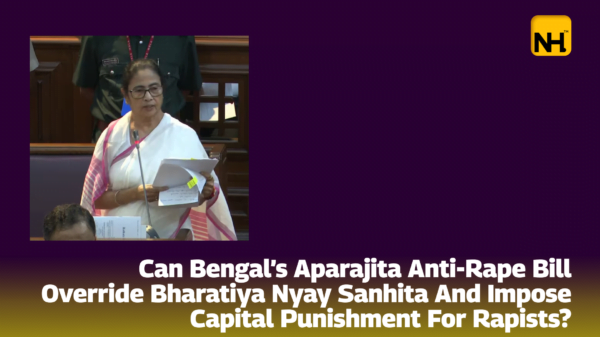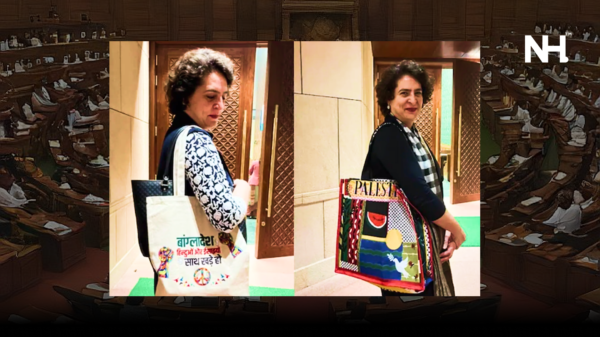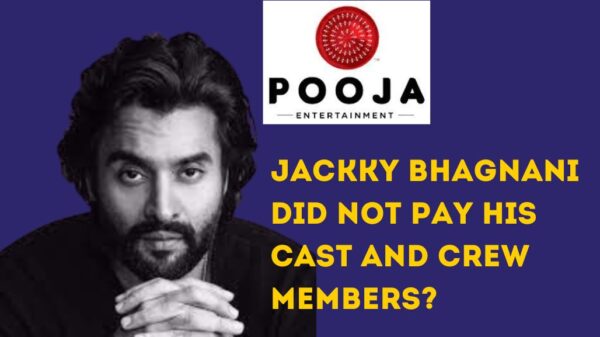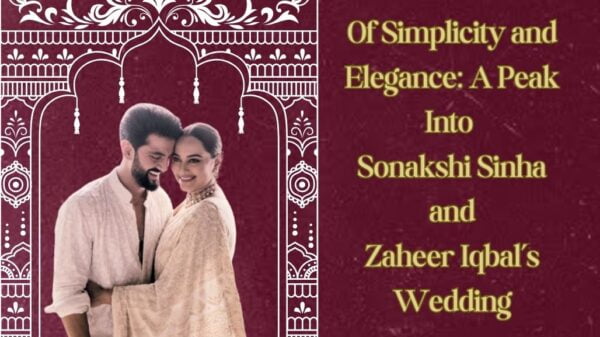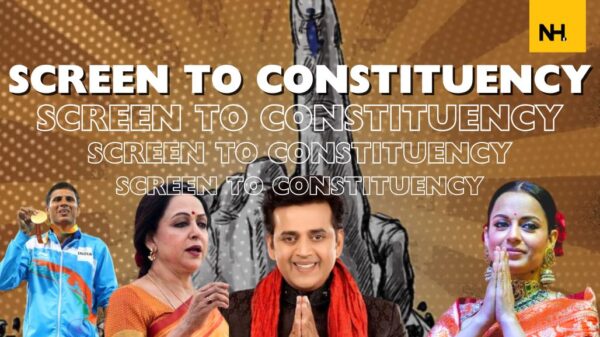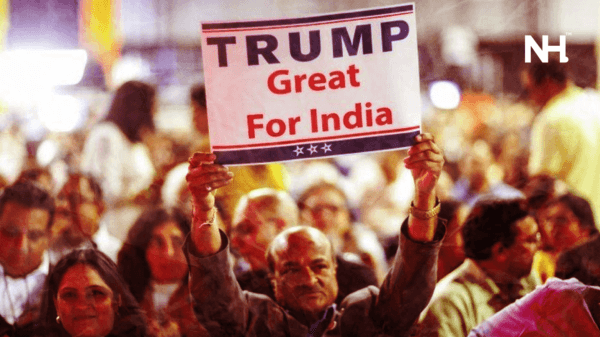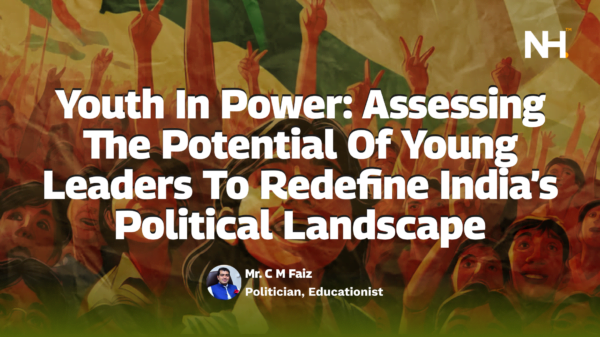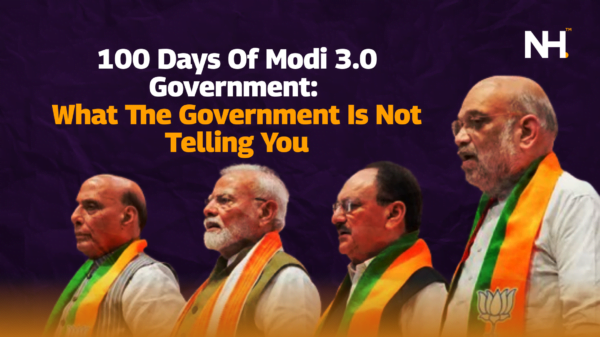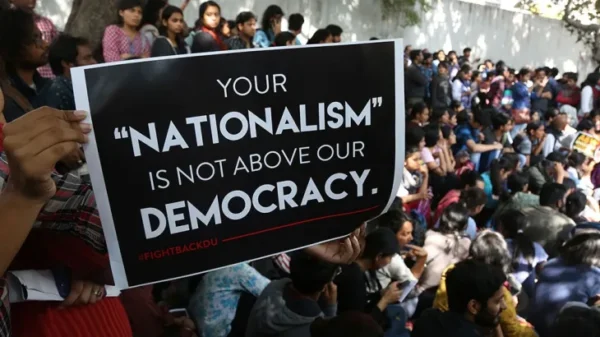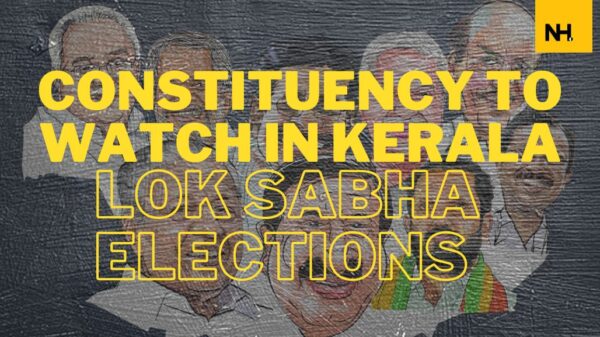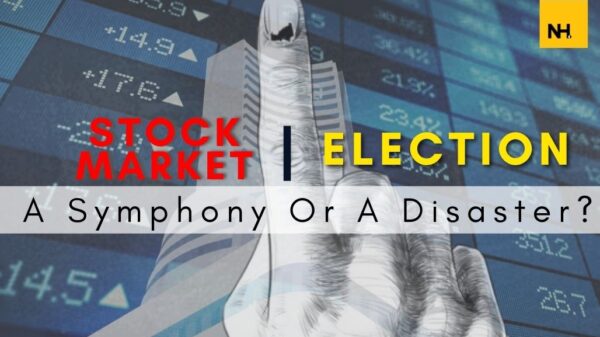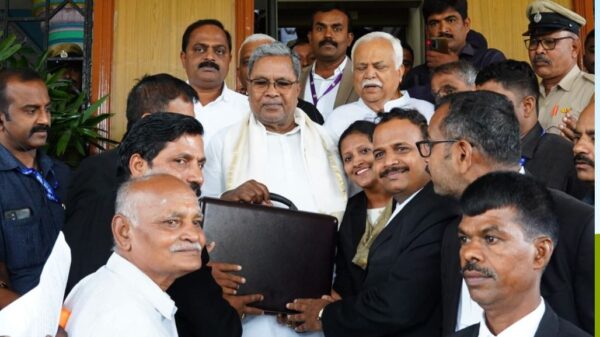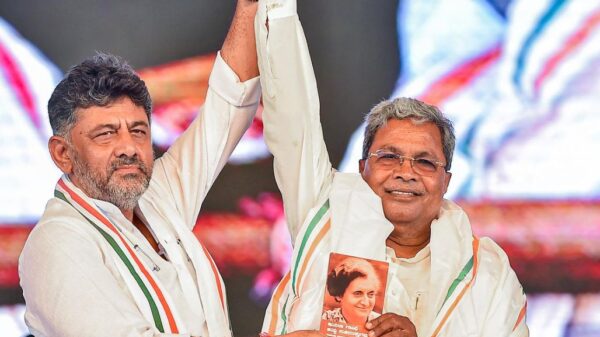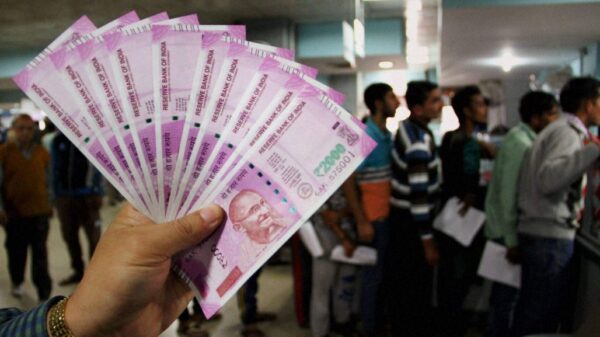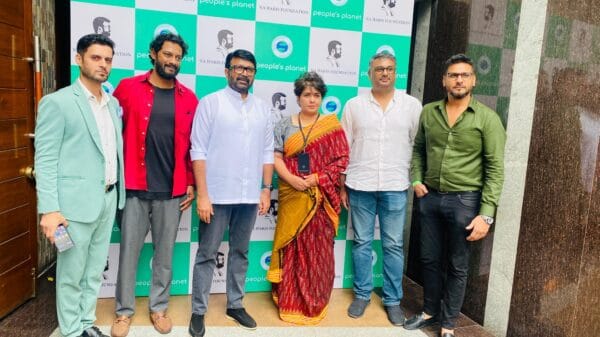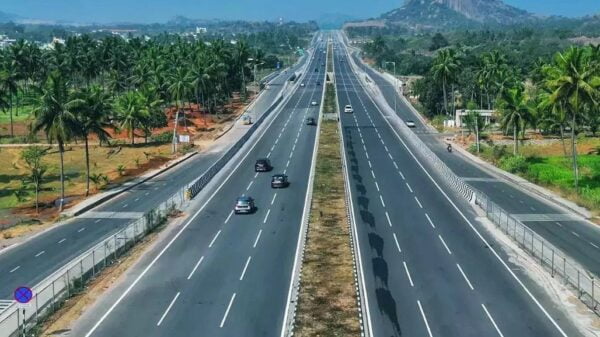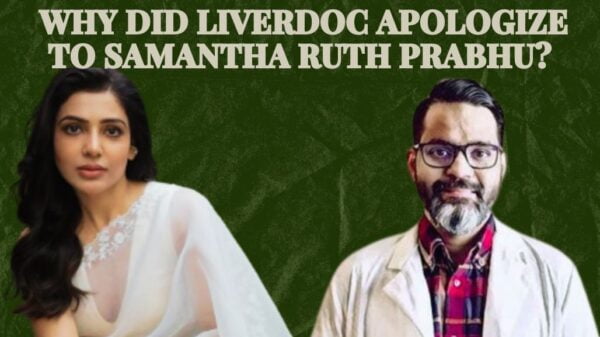The recently elected Congress MP Priyanka Gandhi Vadra, carried a tote bag to Parliament with the word “Palestine” emblazoned on it. A day later, she made another appearance with a bag featuring a message about atrocities against Hindu minorities in Bangladesh. These sartorial choices, far from being incidental, were laden with political symbolism, sparking debates across the aisles of the Indian Parliament and beyond. This moment is a testament to how fashion, a seemingly apolitical realm, has become a powerful tool in the arsenal of Indian politicians.
The Bag as a Symbol
Priyanka Gandhi’s tote bags are the latest chapter in the politics of fashion. Her choice of accessory—functional, relatable, yet charged with symbolism—brings global and regional issues to the forefront of political debate. The messages on the bags served as quiet yet forceful statements, aligning her with causes that are both humanitarian and politically sensitive.

Her bags evoked mixed reactions. While the opposition BJP dismissed the gestures as “gimmicky,” Priyanka retorted by urging the government to focus on the real issues at hand rather than her choice of fashion. This interplay highlights how deeply fashion intersects with the messaging of politicians, allowing them to wield it as a form of protest and identity.
Priyanka Gandhi’s actions are part of a long tradition of Indian leaders using attire and accessories to communicate their ideologies. Mahatma Gandhi’s decision to wear a simple dhoti symbolized his solidarity with the masses and his commitment to simplicity and self-reliance. Similarly, Jawaharlal Nehru’s tailored bandhgalas reflected his modernist and internationalist outlook.
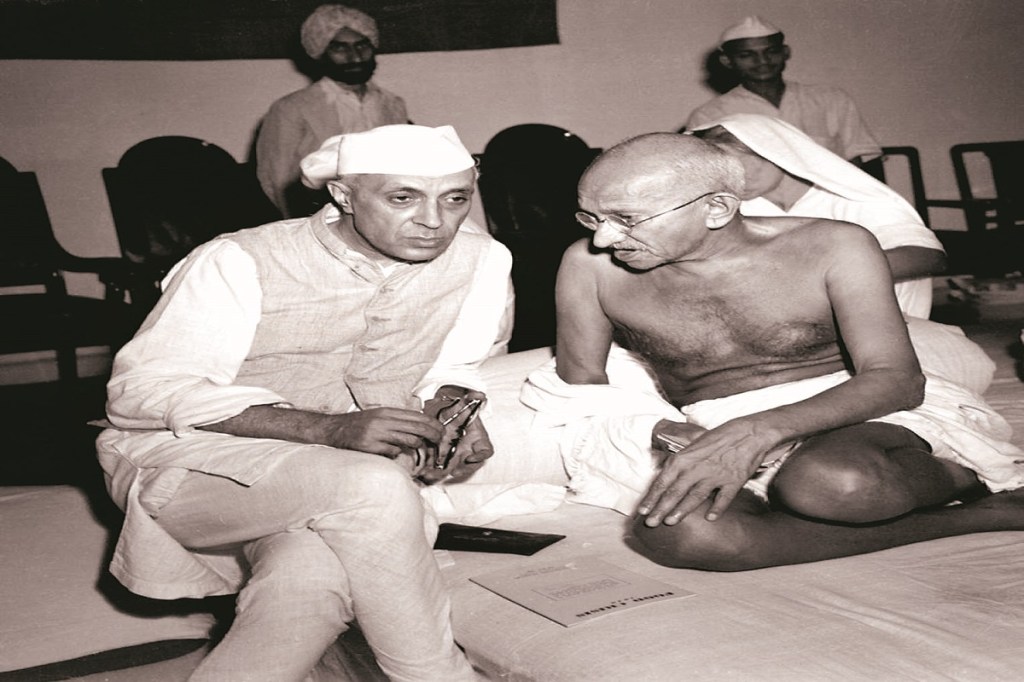
The narrative of political attire extends to contemporary leaders as well. Mamata Banerjee’s white cotton saris and hawai chappals embody her grassroots appeal. Prime Minister Narendra Modi’s carefully curated wardrobe, featuring the now-iconic “Modi jacket” and regional headgear, represents both nationalism and versatility, a calculated effort to resonate with a broad audience.
The Calculated Messaging Behind Fashion
Fashion is more than aesthetics—it is a language. For politicians, their choice of clothing or accessories is a carefully crafted statement designed to evoke an emotional response. Experts argue that this strategic dressing is a form of “image management,” enabling leaders to build a connection with their audience and convey ideological stances subtly.

For instance, Modi’s navy blue monogrammed bandhgala, famously embroidered with his name during Barack Obama’s visit, was a masterclass in branding. While it faced criticism for being extravagant, it also sent a message of confidence and ambition on a global stage. Similarly, Sonia Gandhi’s preference for khadi and traditional handloom sarees signals her allegiance to Indian craftsmanship and heritage.
Breaking Norms and Sparking Debate
Priyanka Gandhi’s tote bags, however, introduce a new dimension to political fashion: activism through accessories. Unlike clothing, which often conforms to cultural and parliamentary norms, accessories like bags and scarves offer politicians a more versatile canvas for self-expression.
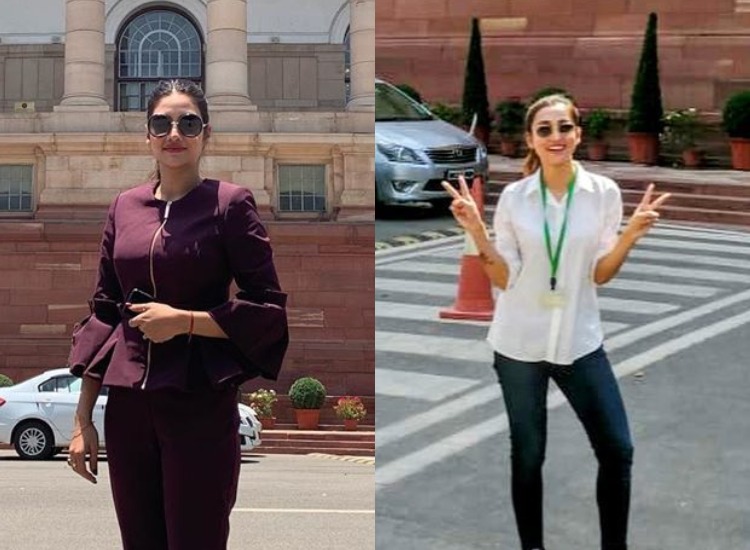
TMC MPs Nusrat Jahan (Left) and Mimi Chakroborty (Right)
The politics of fashion is also about breaking conventions. Priyanka Gandhi is no stranger to this. In 2008, she attended Parliament wearing trousers and a white shirt, sparking conversations about modernity and change. Similarly, when MPs Mimi Chakraborty and Nusrat Jahan wore Western outfits to Parliament in 2019, it signaled a generational shift in political dressing.
Global Perspectives on Political Fashion
The Indian political stage is not alone in using fashion as a statement. Leaders across the globe have harnessed fashion for cultural and political messaging. Kamala Harris, the U.S. Vice President, broke stereotypes with her campaign trail sneakers, signaling accessibility and action. Meanwhile, Canadian Prime Minister Justin Trudeau’s colorful socks have become a quirky symbol of inclusivity and approachability.
Hillary Clinton’s pantsuits and Michelle Obama’s patronage of Indian designers illustrate how women in politics use clothing to assert power and cultural diplomacy. Closer home, Pakistan’s Hina Rabbani Khar has used minimalist kurtas and luxury bags to project both modernity and tradition.
The Impact of Priyanka Gandhi’s Fashion Choices
Priyanka Gandhi’s choice to use her tote bags as protest tools resonates with a growing trend of fashion activism. In a country as diverse as India, where cultural and political messaging is deeply intertwined, her approach reflects the evolving ways leaders connect with their audiences.
Her Palestine and Bangladesh bags also serve as a counterpoint to the dominant narratives in Indian politics, challenging the BJP’s stance while aligning with causes that resonate with international human rights issues. This bold use of fashion exemplifies how seemingly small choices can provoke significant political dialogue.
The Politics of Visibility
At the heart of political fashion lies the politics of visibility. Clothing and accessories act as extensions of political campaigns, creating an indelible visual impact. Whether it is Indira Gandhi’s signature streak of white hair, Mamata Banerjee’s austere saris, or Priyanka’s tote bags, these choices are deliberate, aiming to cement an image in public consciousness.
For women in Indian politics, this balancing act becomes even more critical. Priyanka Gandhi’s totes not only signify her political stance but also challenge traditional notions of what a woman politician in India should look like.
Priyanka Gandhi’s tote bags are not just accessories—they are artifacts of a broader political strategy, a subtle yet potent form of resistance and messaging. In a country where symbolism plays a vital role in politics, her actions highlight the power of fashion as a medium for dialogue and dissent.
As Indian politicians continue to experiment with their sartorial choices, one thing is clear: fashion is no longer just an afterthought. It is a calculated move in the chessboard of politics, with every thread, color, and accessory carrying the weight of an idea, a cause, or a belief. Priyanka Gandhi’s bags remind us that in politics, even a tote can speak volumes.


